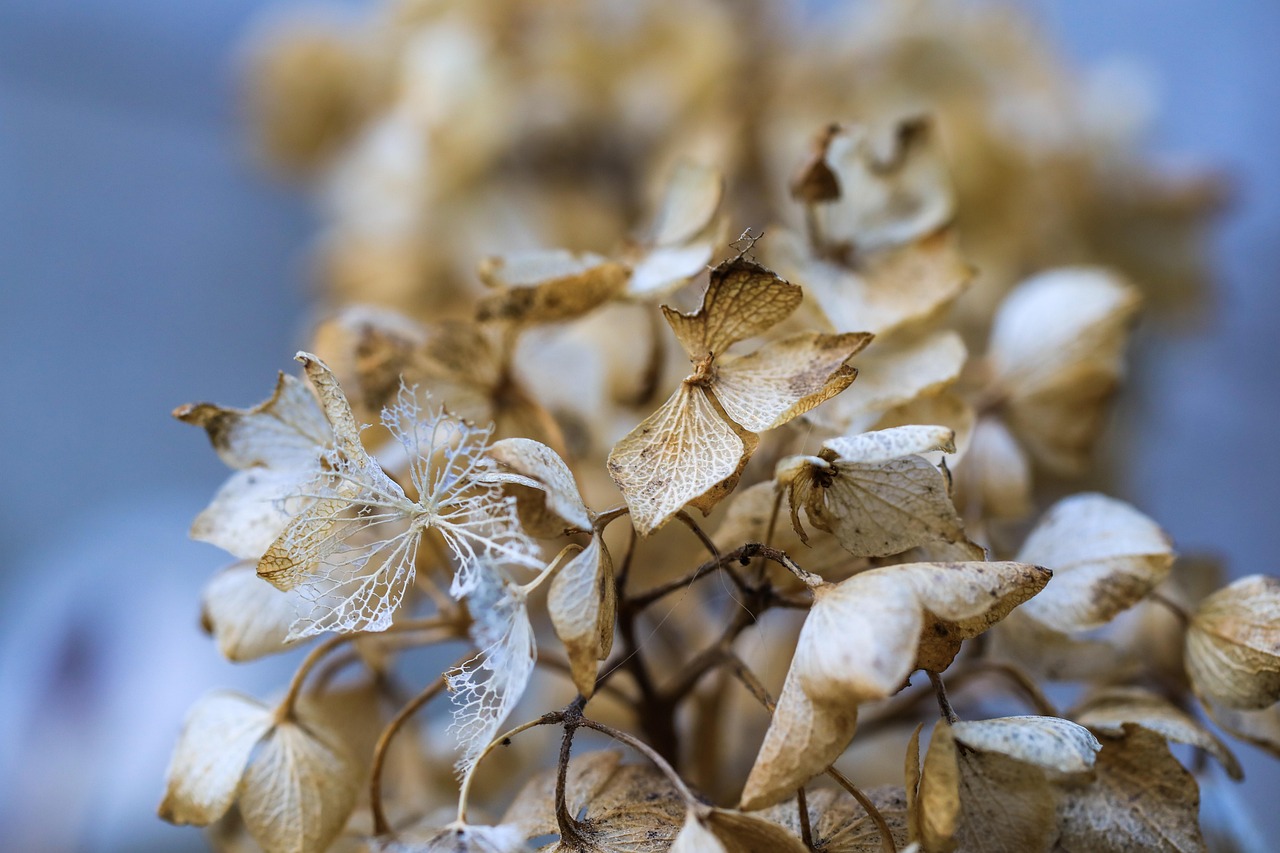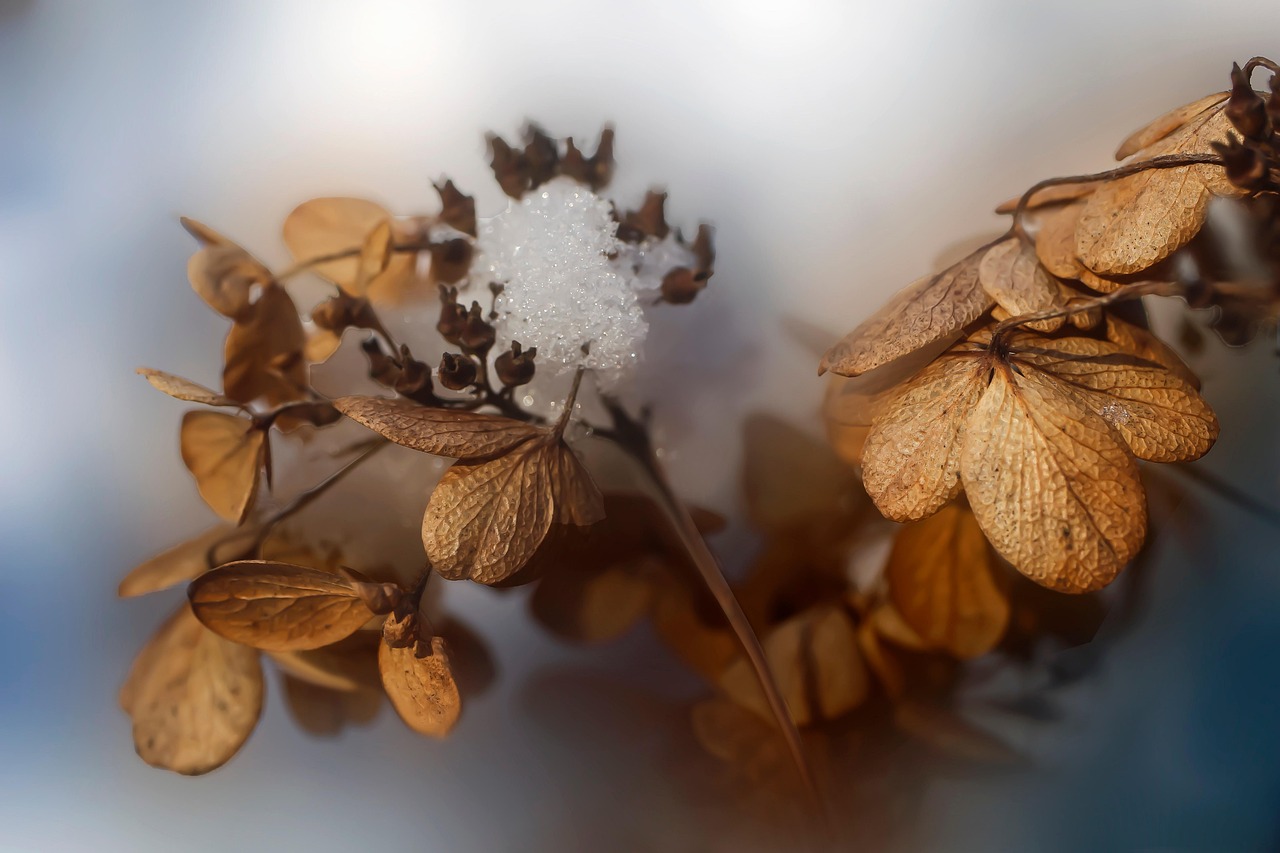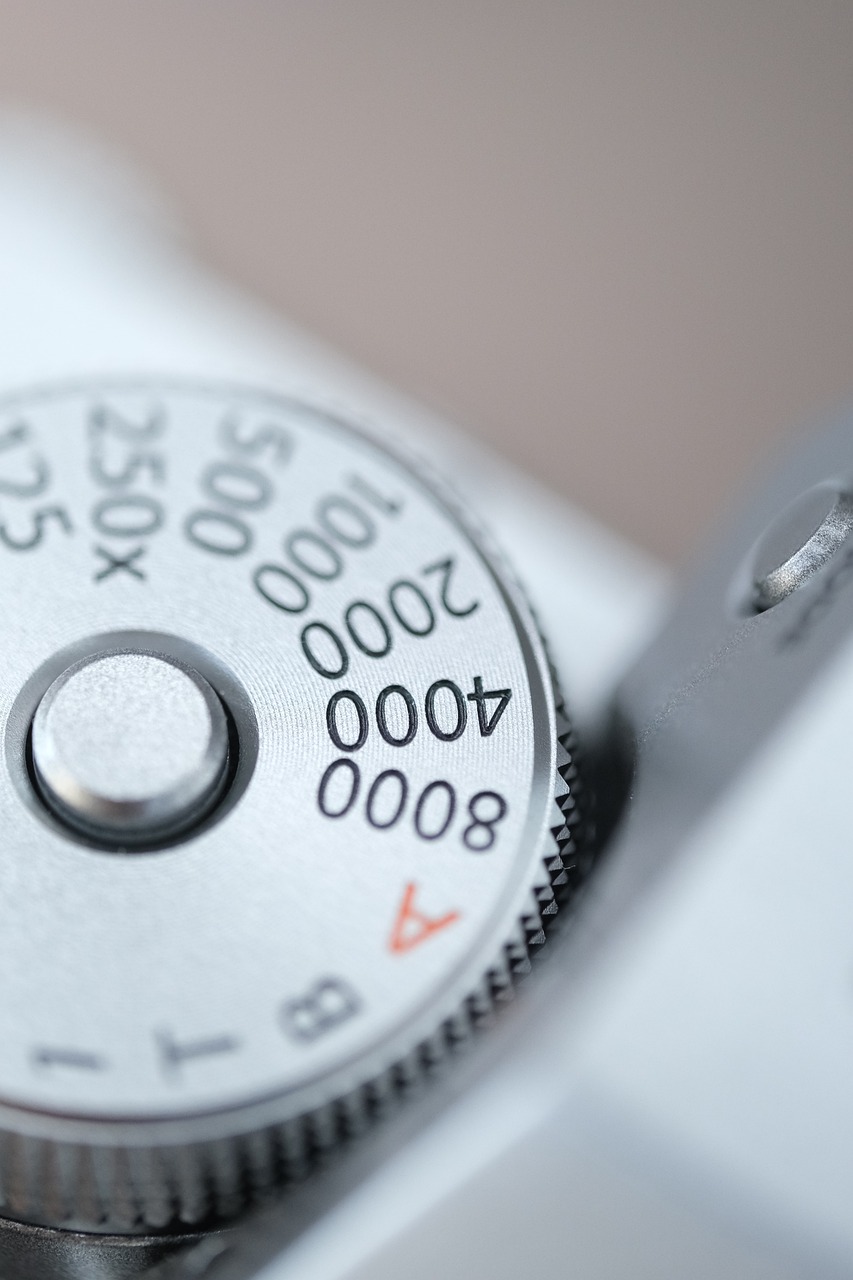Hydrangeas typically grow at a moderate pace, reaching about 1 to 2 feet per year, depending on the variety and growing conditions. With optimal care, some hydrangea species can grow even faster, especially in favorable climates.
Hydrangeas are popular flowering shrubs known for their stunning blooms and lush foliage. They come in various species, each offering unique colors and sizes. Understanding their growth speed is essential for gardeners looking to plan their landscapes effectively. It helps in deciding where to plant these beautiful shrubs and how much space they will require as they mature.
The growth rate of hydrangeas can vary significantly based on several factors. These include the specific type of hydrangea, local climate conditions, soil quality, and care practices. For instance, some species, like the Bigleaf hydrangea (Hydrangea macrophylla), may show a more robust growth than others, such as the Oakleaf hydrangea (Hydrangea quercifolia).
Factors Influencing Hydrangea Growth Speed

Several key factors influence how quickly hydrangeas grow. Understanding these can help gardeners enhance their growth potential.
- Climate: Hydrangeas generally thrive in temperate climates. They require a balance of warm temperatures and adequate rainfall.
- Soil Quality: Well-draining soil rich in organic matter promotes healthy growth. Soil pH can also affect flower color and overall plant health.
- Watering: Consistent moisture is crucial. Hydrangeas prefer soil that is kept evenly moist but not waterlogged.
- Sunlight: Most hydrangeas prefer partial shade but can tolerate full sun in cooler climates. Too much direct sunlight can hinder growth.
- Fertilization: Regular feeding during the growing season can enhance growth rates and bloom production.
When planted in optimal conditions, hydrangeas can establish themselves quickly. Typically, you can expect to see noticeable growth within the first year after planting. However, patience is necessary as some varieties may take longer to reach their full height and bloom potential.
For gardeners considering different hydrangea varieties, the following table outlines some common types along with their average growth rates and height at maturity:
| Hydrangea Type | Average Growth Rate (Feet per Year) | Height at Maturity (Feet) |
|---|---|---|
| Bigleaf (Hydrangea macrophylla) | 1 to 2 | 3 to 6 |
| Panicle (Hydrangea paniculata) | 1 to 3 | 4 to 10 |
| Smooth (Hydrangea arborescens) | 1 to 2 | 3 to 5 |
| Oakleaf (Hydrangea quercifolia) | 1 to 2 | 4 to 6 |
By understanding these factors and selecting the right variety, gardeners can enjoy a flourishing hydrangea garden. The beauty of hydrangeas not only lies in their growth speed but also in their ability to transform spaces with vibrant colors and textures throughout the seasons.
Ideal Growing Conditions for Hydrangeas
To maximize the growth speed of hydrangeas, it is essential to provide them with ideal growing conditions. These conditions include appropriate soil type, sunlight exposure, and climate considerations, which collectively create an environment conducive to healthy growth.
Soil Requirements
The soil in which hydrangeas are planted plays a vital role in their growth rate. Here are key aspects to consider:
- Drainage: Hydrangeas prefer well-drained soil. Poor drainage can lead to root rot, which stunts growth.
- Organic Matter: Incorporating organic matter, such as compost or peat moss, improves soil structure and nutrient availability.
- Soil pH: Hydrangeas have varying pH preferences. For example, Bigleaf hydrangeas thrive in slightly acidic conditions, while others may tolerate neutral to slightly alkaline soils.
Sunlight Exposure
Sunlight is crucial for the growth of hydrangeas. Most varieties flourish with a combination of sun and shade. Here are some considerations:
- Partial Shade: Many hydrangea species prefer partial shade, especially in hotter climates. Too much direct sunlight may scorch the leaves.
- Morning Sun: Morning sun followed by afternoon shade is ideal for many hydrangeas. This helps them absorb energy while protecting them from harsh afternoon heat.
Watering Practices
Proper watering is critical to the health and growth of hydrangeas. They require consistent moisture but are susceptible to overwatering. Here are some tips for effective watering:
- Deep Watering: Water deeply and less frequently rather than shallow watering. This encourages root growth.
- Mulching: Applying a layer of mulch around the base of the plant helps retain soil moisture and regulates temperature.
- Seasonal Adjustments: Adjust your watering schedule based on seasonal needs. Hydrangeas may require more water during hot, dry spells.
Fertilization for Optimal Growth
Fertilization can significantly impact the growth speed of hydrangeas. Here are some important points about fertilizing these plants:
- Timing: Fertilize hydrangeas in early spring as they begin to emerge from dormancy. This timing aligns with their active growth period.
- Type of Fertilizer: Use a balanced fertilizer with equal parts nitrogen, phosphorus, and potassium. Organic options like compost can also be beneficial.
- Avoid Over-Fertilization: Excessive fertilizer can lead to lush foliage at the expense of blooms. Follow package instructions for application rates.
Pest and Disease Management
Pests and diseases can hinder the growth of hydrangeas if not managed properly. Here are some common issues and their solutions:
- Aphids: These small insects suck sap from the leaves. Use insecticidal soap or neem oil for control.
- Mildew: Powdery mildew can affect hydrangeas in humid conditions. Ensure good air circulation and apply fungicides if necessary.
- Root Rot: Caused by overwatering or poor drainage. Ensure proper soil conditions to prevent this issue.
By paying attention to these ideal growing conditions, gardeners can facilitate faster growth rates in their hydrangeas. Each of these factors contributes to a robust plant that not only grows quickly but also produces beautiful blooms throughout the growing season.

Common Hydrangea Varieties and Their Growth Rates

Understanding the various types of hydrangeas and their specific growth rates can aid gardeners in making informed decisions. Each variety has its unique characteristics, including how fast they grow and their preferred conditions. Here are some popular hydrangea varieties and their typical growth patterns.
Bigleaf Hydrangea (Hydrangea macrophylla)
The Bigleaf hydrangea is one of the most well-known varieties, celebrated for its large, colorful blooms. Here are key points about its growth:
- Growth Rate: Typically grows 1 to 2 feet per year.
- Height at Maturity: Reaches heights of 3 to 6 feet.
- Flower Colors: Can vary based on soil pH; more acidic soils yield blue flowers, while alkaline soils produce pink blooms.
Panicle Hydrangea (Hydrangea paniculata)
This variety is known for its cone-shaped flower clusters and robust growth. Characteristics include:
- Growth Rate: Grows 1 to 3 feet per year, making it one of the faster-growing types.
- Height at Maturity: Can reach heights of 4 to 10 feet.
- Flowering Season: Blooms from mid-summer to fall, providing extended color in the garden.
Smooth Hydrangea (Hydrangea arborescens)
The Smooth hydrangea is valued for its hardiness and adaptability. Its notable features include:
- Growth Rate: Grows approximately 1 to 2 feet per year.
- Height at Maturity: Typically reaches heights of 3 to 5 feet.
- Flower Structure: Produces large, round flower clusters that are often white or pale green.
Oakleaf Hydrangea (Hydrangea quercifolia)
This variety showcases distinctive oak-shaped leaves and unique flowers. Here are its growth attributes:
- Growth Rate: Grows about 1 to 2 feet per year.
- Height at Maturity: Generally reaches heights of 4 to 6 feet.
- Autumn Foliage: Known for its vibrant fall color, transitioning to shades of red and orange.
Tips for Encouraging Faster Growth
If you want to accelerate the growth rate of your hydrangeas, consider implementing these best practices:
- Select the Right Variety: Choose a variety known for its rapid growth in your specific climate zone.
- Regular Maintenance: Prune hydrangeas at the right time of year to encourage new growth. Most types benefit from pruning in late winter or early spring before new growth begins.
- Pest Management: Keep an eye out for pests and diseases that can hinder growth. Early detection and treatment are key.
- Consistent Care: Provide regular watering, especially during dry spells. Ensure that plants receive adequate nutrients through fertilization.
The Role of Climate in Hydrangea Growth
The climate where hydrangeas are planted significantly affects their growth speed and overall health. Different regions may present unique challenges and advantages for hydrangea cultivation.
- Temperate Zones: Ideal for most hydrangeas, as they thrive in moderate temperatures with sufficient rainfall.
- Hot Climates: In hotter areas, it is vital to provide some shade during peak sun hours to prevent leaf scorch and ensure healthy growth.
- Cold Climates: Some varieties are more cold-hardy than others. Ensure you select a variety suited for your specific USDA zone to prevent winter damage.
By selecting the right varieties and providing optimal care, gardeners can effectively influence the growth speed of their hydrangeas. Understanding the unique characteristics of each type will help in achieving a thriving hydrangea garden.
Additional Considerations for Growing Hydrangeas

Beyond the fundamental factors influencing hydrangea growth speed, several additional considerations can further enhance the success of growing these beautiful plants. Awareness of these aspects can lead to a more fruitful gardening experience.
Planting Techniques
Proper planting techniques can set the foundation for healthy hydrangea growth. Here are some tips:
- Spacing: Ensure adequate spacing between plants. This allows for air circulation and prevents overcrowding, which can lead to disease.
- Planting Depth: Plant hydrangeas at the same depth they were in their nursery containers. Planting too deep can suffocate roots, while planting too shallow can expose them to stress.
- Timing: The best time to plant hydrangeas is in the spring or fall when temperatures are mild. This helps establish roots before extreme weather conditions.
Seasonal Care
Different seasons require specific care strategies to ensure optimal growth and blooming. Here are suggestions for seasonal care:
- Spring: In spring, focus on pruning and fertilizing your hydrangeas to promote new growth. Remove dead or damaged wood and apply a balanced fertilizer.
- Summer: During the summer months, monitor watering closely, especially in hot weather. Ensure that the plants remain hydrated but avoid waterlogging.
- Fall: In fall, consider mulching around the base of the plants to protect roots during colder months and reduce weed competition.
- Winter: In colder areas, protect hydrangeas by covering the base with mulch or burlap to insulate against extreme temperatures.
Hydrangeas in Landscaping
Hydrangeas are not only valued for their beauty but also for their versatility in landscaping. Here are some common uses:
- Foundation Plantings: They make excellent foundation plantings for homes due to their size and colorful blooms.
- Border Plantings: Planting hydrangeas as borders can create beautiful visual lines and enhance garden aesthetics.
- Container Gardening: Smaller varieties can thrive in containers, allowing for versatility in urban gardening or on patios.
Final Thoughts
Understanding how fast hydrangeas typically grow is essential for anyone looking to cultivate these stunning shrubs. By recognizing the different varieties, their unique requirements, and the environmental factors that influence their growth, gardeners can optimize their care strategies.
The growth rate of hydrangeas varies considerably among species, with some achieving impressive heights and blooms within a few years. Factors such as soil quality, sunlight exposure, watering practices, and climate play critical roles in determining the overall health and speed of growth of these plants.
By implementing best practices, such as proper planting techniques, seasonal care, and timely pest management, gardeners can significantly enhance the growth potential of their hydrangeas. This not only results in healthier plants but also ensures a vibrant display of flowers that can transform any garden space.
The beauty and charm of hydrangeas make them a favorite among gardeners. With proper attention and care, these remarkable plants can flourish and bring joy for many seasons to come.
